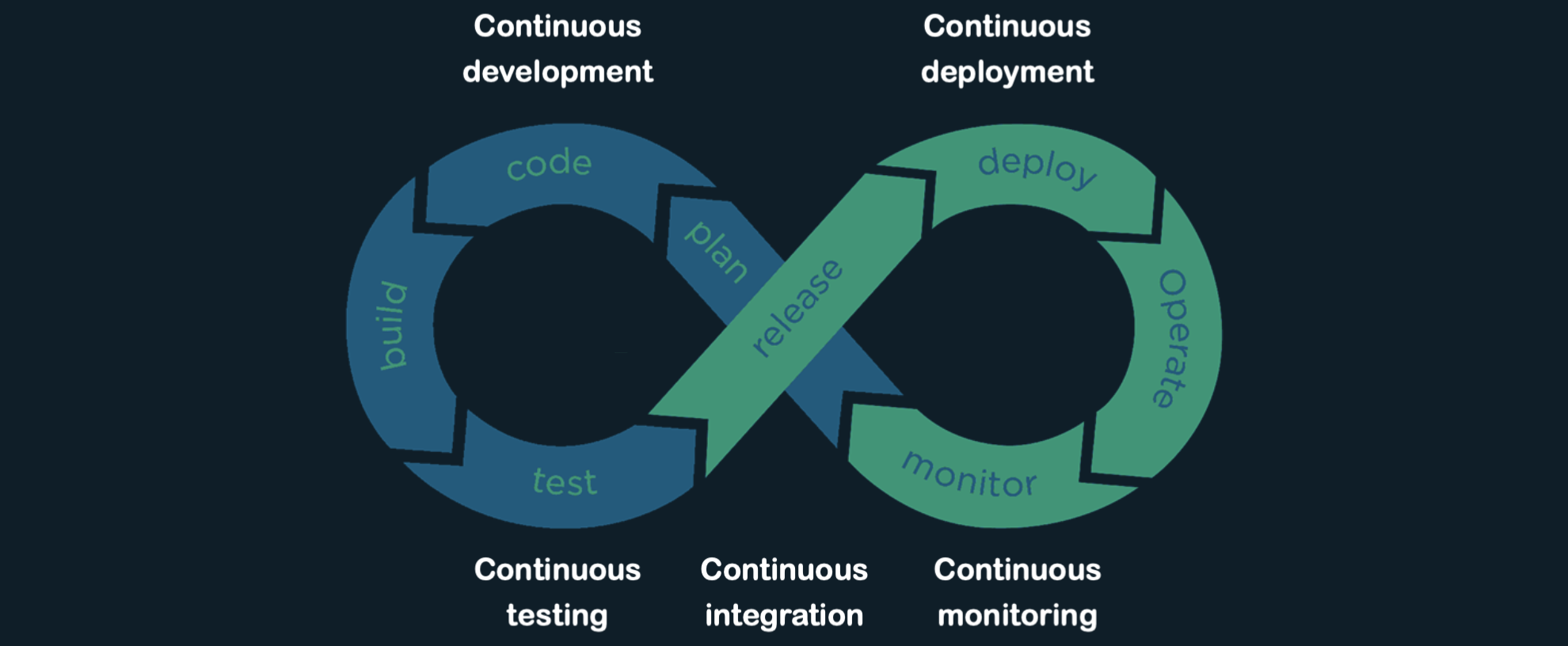Ways of working
Written by the Access Worldpay Team
01 December 2021
In pursuing our goal of continuous improvement, we've been working to extract more valuable insights from our data. Central to this has been our work to create a form of Lean SDLC that automates metrics and shares tools and expertise more widely. In this second article, we discuss how we're using Lean SDLC, its impact so far and our plans for the future.
In the first article, we explain why we've developed a version of Lean SDLC and describe its three key components. These include Lean Stack to make our tooling library more efficient, and Lean Communities to share knowledge and expertise. The third cog is our Lean SDLC site, which automates the collection of important operational metrics and displays them in a consistent, user-friendly format.
Making things easy to use has helped give our Lean SDLC project a running start. In its first few months, we've rolled it out to five different domains, totaling 42 teams. Automating the metrics spares those teams from having to access and organize the raw data themselves; instead, they can spend their time analyzing that data, gaining insights from it and having more informed conversations and making better decisions as a result.
This helps them make continuous improvements. Not only are the data for the five key metrics easily accessible, they're also consistent across every team. As a result, teams are "constantly reviewing the metrics, constantly evaluating them and making sure they're not deviating," says Sophie Hirst, the service owner. When deviations happen, the data underpins the subsequent conversation to decide how best to improve.
Besides ensuring decisions are more informed, Lean SDLC is also making them faster. That's because continuous improvement can be viewed as a figure of eight - an endless loop in which testing, integration and deployment never stop.

In the past, Access Worldpay's improvement loop was "massive, with endless requests going back and forth between development teams and operations," says Sophie. "It's not like that anymore - teams now are constantly developing, constantly testing, constantly improving, all by themselves. The loop's become very, very tight."
As a result, teams can prioritize their work more efficiently, focusing particularly on resolving the root causes of incidents so that they cannot happen again. For example, if a team wants to improve its out-of-hours alerts, it can choose to do so straightaway.
Automating the metrics has also transformed the tribe's fortnightly iteration reviews by letting teams assess their work in granular detail very quickly. Now it's easy for each team to see how long it took them to refine and build each user story; what incidents and changes occurred; and whether the changes were successful or not. The data also covers operational aspects, such as volumes.
This brings added benefits, too. "We should be targeting 100% test coverage but sometimes there are good reasons why a user story can't be tested," says Sophie: "We should make it really easy for the teams to discuss those; they shouldn't have to do lots of admin work to gather all the data for the admin reviews."
Until recently, it would take each team "at least an hour or two" to collect the data necessary for each iteration review, says Sophie. Automating the metrics has removed this manual work altogether - preparation that only recently took up to 84 hours to complete each fortnight now happens instantly.
Not only does such automation let teams spend their time much more productively, it makes Lean SDLC faster and easier to roll out across new teams and domains. "If you're on-boarding a new team, you just run a single script and they're all set up - it takes under five minutes," says Sophie: "If they'd already been doing features and user stories and maybe had some incidents or change, that data's automatically populated for them, too."
This has made the usual arm-twisting unnecessary: "Normally we're continually asking dev teams for additional metrics," she continues. "But they're chomping at the bit to use Lean SDLC because they're getting all of these insights with basically no extra work required from them. That's amazing - it's so much better for teams to want to use these metrics and be part of the journey."
Nevertheless, much work remains. Two immediate priorities are to bring more domains into Lean SDLC and to improve the tooling library. "It's about linking to other resources," says Sophie: "For example, there are some great videos on incident process, change process and so on, so we're linking to those to make it easier for teams to find useful information."
More generally, Sophie wants Lean SDLC to get a thorough road-test. "We need the teams to kick the tires so we can identify the blockers," she says. "Then we can work to remove those blockers and automate even more, so we're constantly trying to automate process, metrics, tooling - automate whatever we can."
So far, the three cogs that make up Lean SDLC have helped teams share knowledge and expertise, use tried and tested tooling, saved hours of time and gained insights from data that has let them make better decisions more quickly. All of this has enabled Access Worldpay to build a payments platform that's much more robust and comprehensive than would otherwise have been the case.
That's not bad; equally, it's not over. Like any loop, continuous improvement is never finished - the clue's in the name. "Lean SDLC isn't a box-ticking exercise, it's an iterative process," says Sophie: "You're constantly looking at your metrics, because there are always things we can improve - the journey is never going to end."